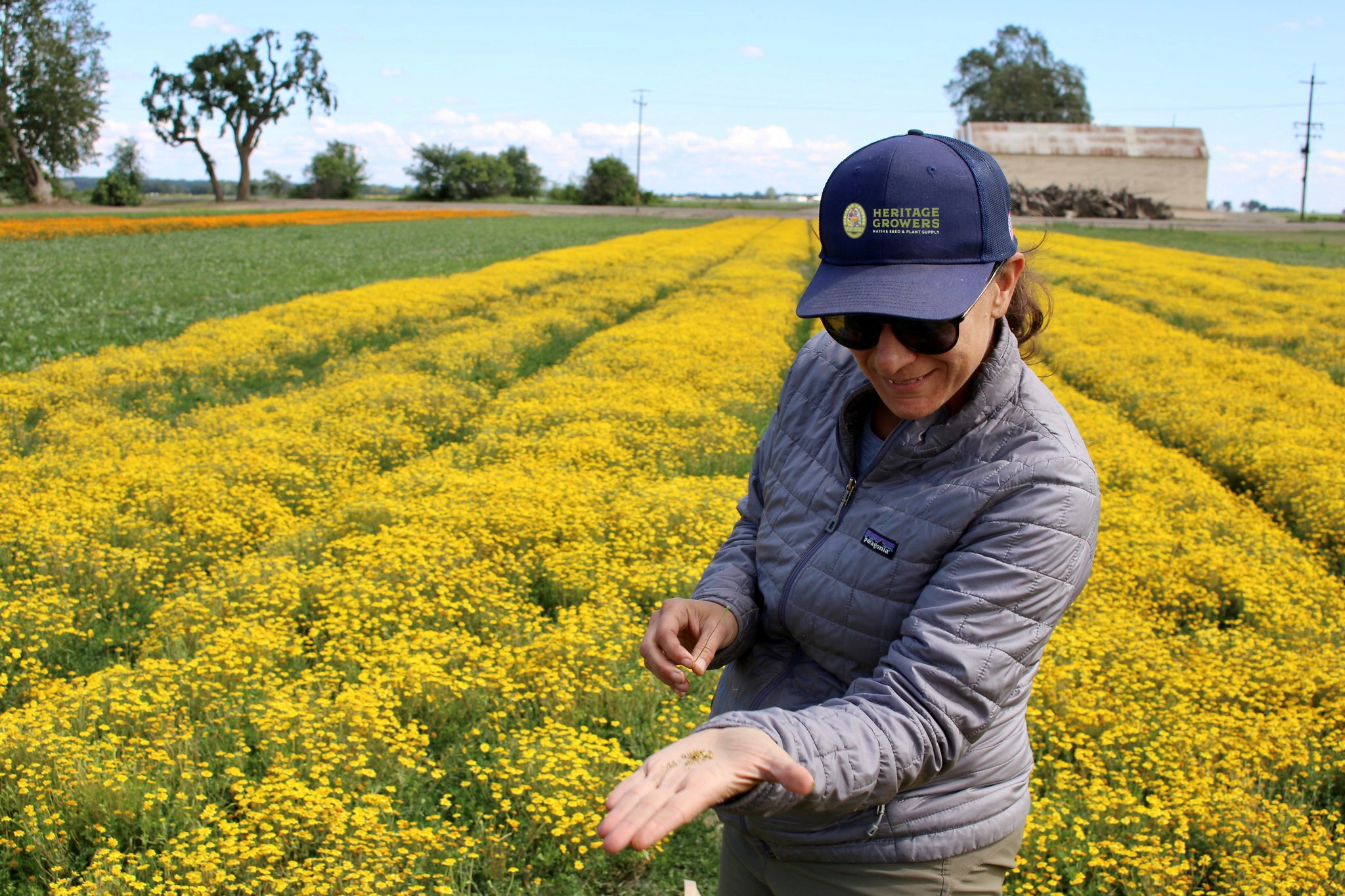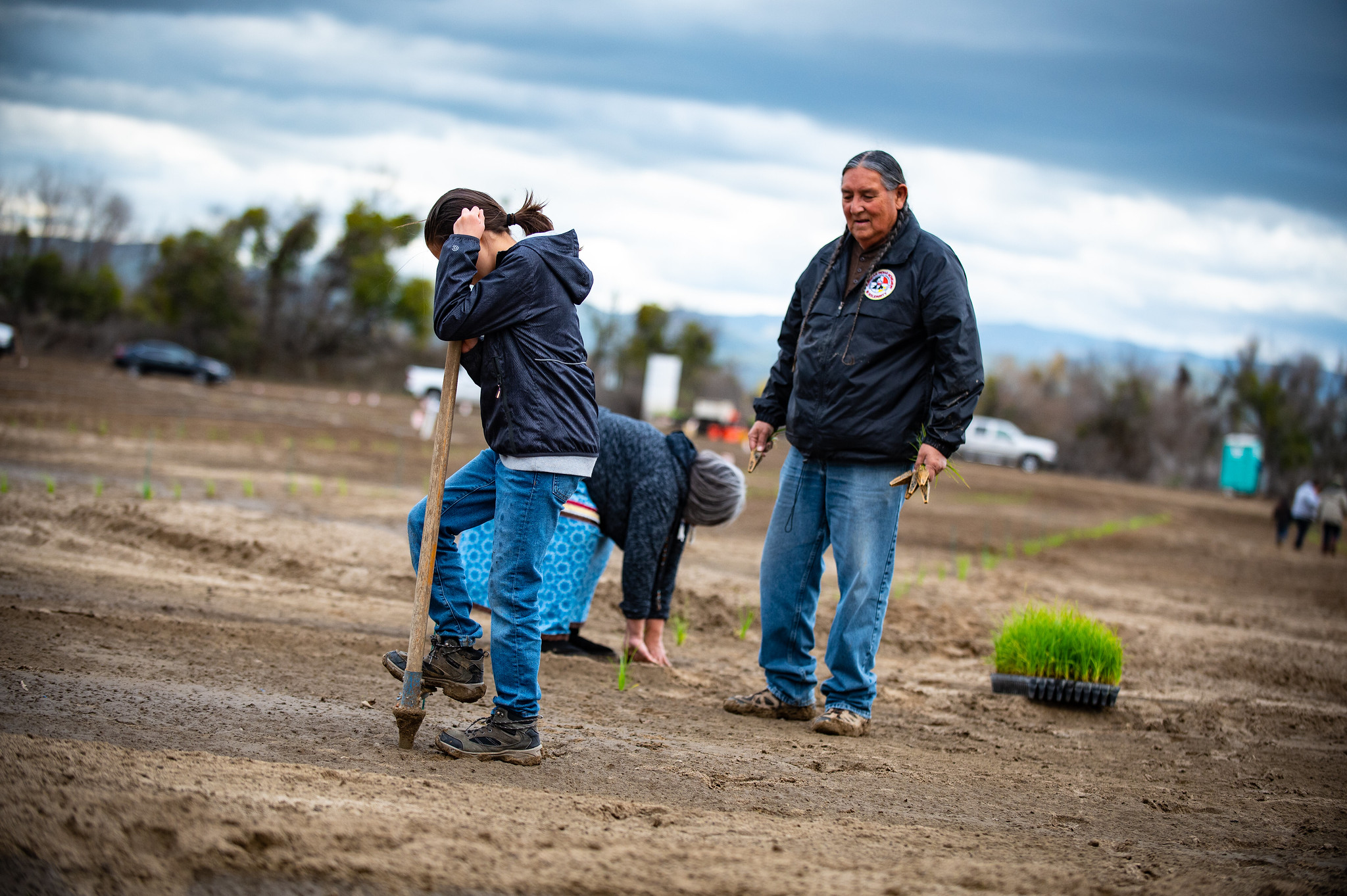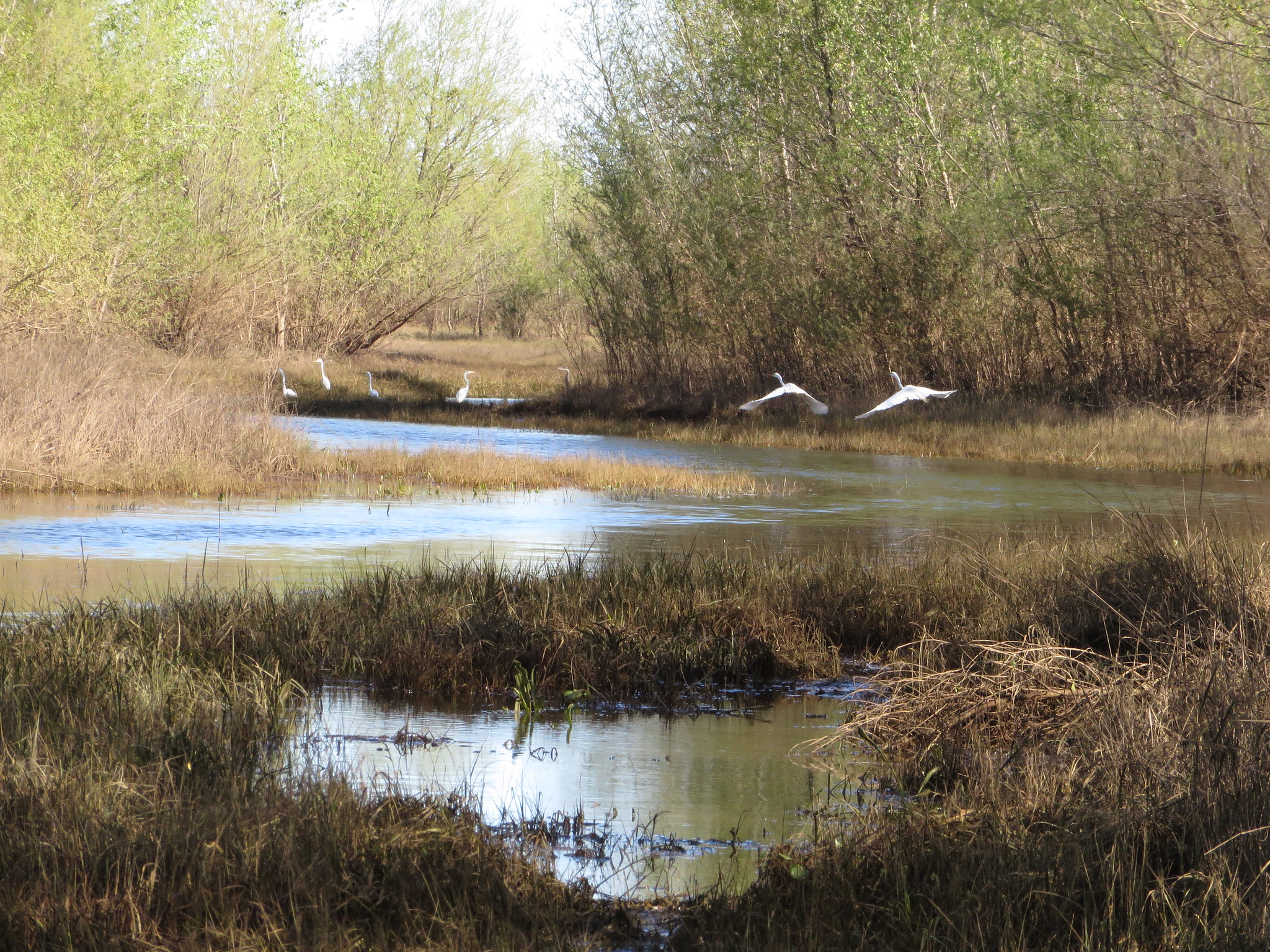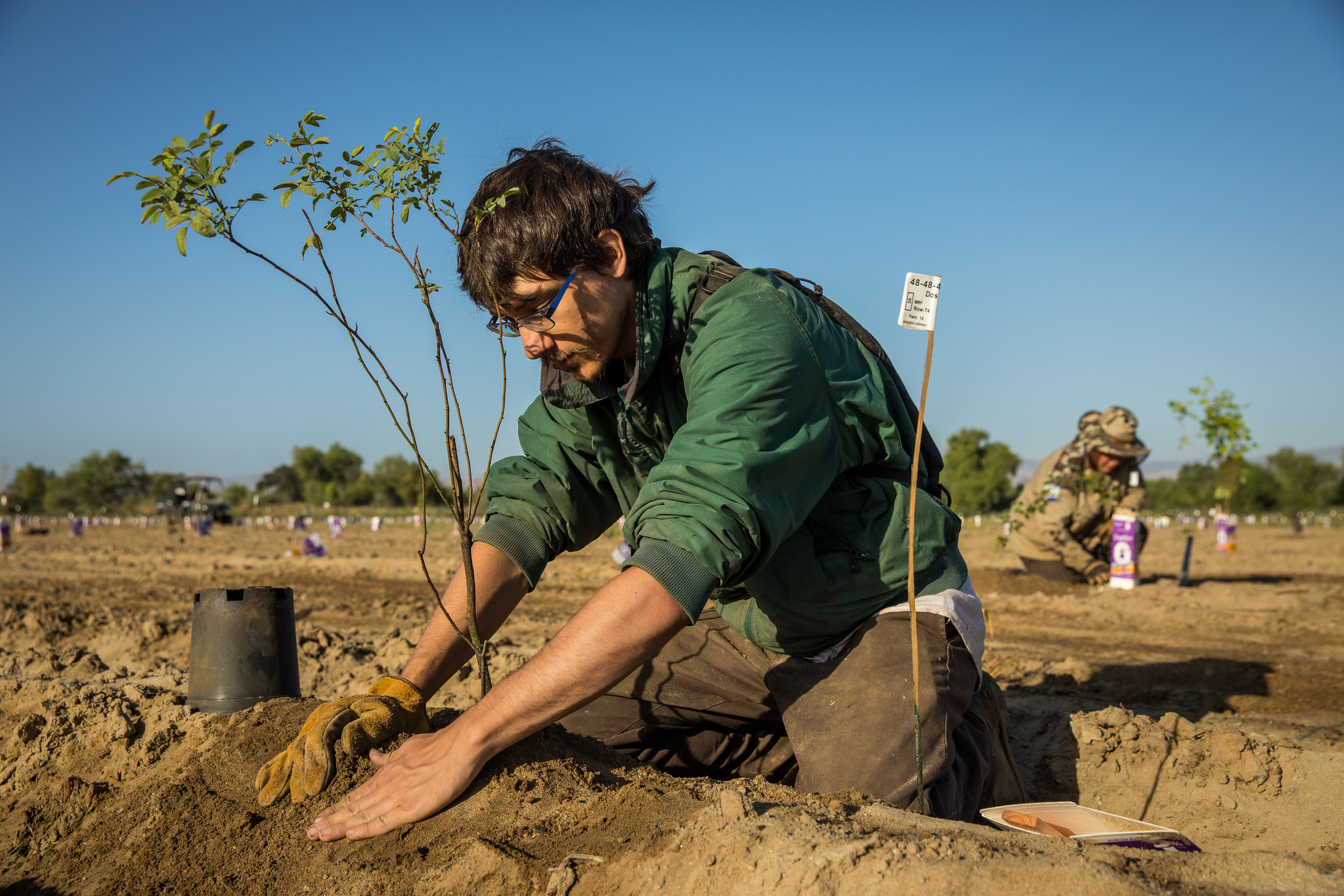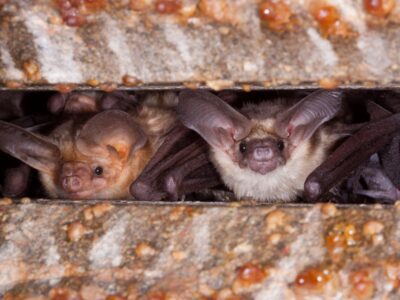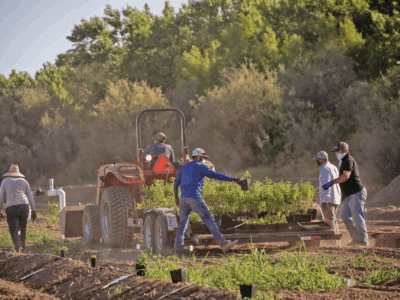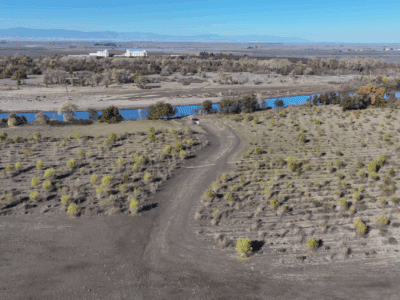Scientists believe this is the critical decade to restore ecosystems before it’s too late. Threats to wildlife, communities, freshwater resources, and climate stability are increasing every day. That’s why River Partners is scaling our proven restoration practices across California, expanding on-the-ground-science, taking bold risks, and forging diverse new alliances to deliver better, faster, and lasting revival of riverways. Salmon, monarchs, other fragile wildlife, and future generations are counting on us.
We don’t show up at work every day simply to tick boxes and do business as usual. As a non-profit that must maximize limited resources, we need to make every dollar count with efficient and effective solutions that have the biggest return on investment.
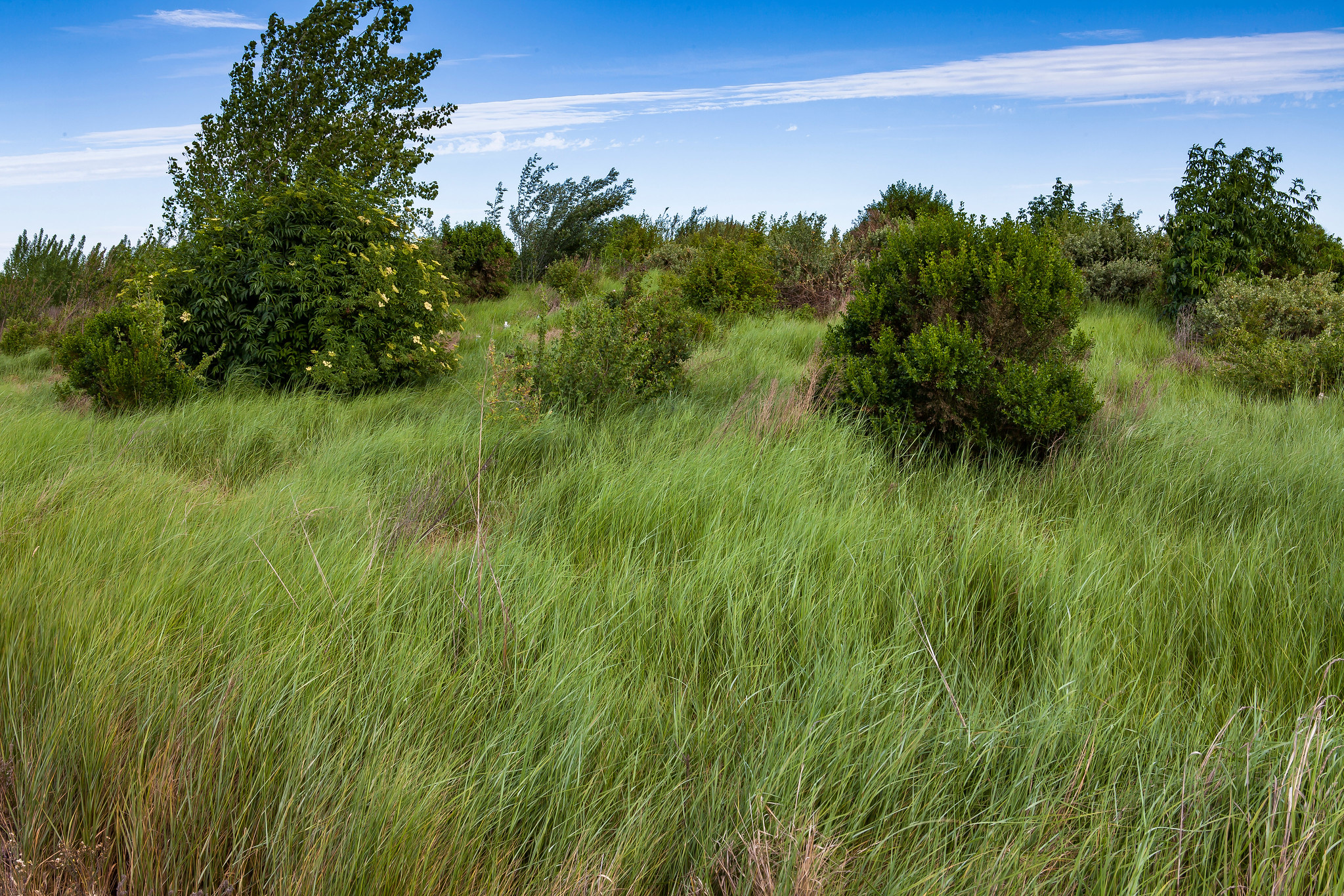
Of course, reconnecting habitat corridors and restoring freshwater ecosystems statewide is a massive lift, and we cannot do it alone. Diverse partnerships are key creating a resilient future for all. That’s why we take our role as collaborators with agencies, scientists, farmers and other private landowners, and other conservation NGOs seriously.
We’re in a unique position to try things other groups can’t because they’re either too big, or too small, or not willing to take risks. A certain level of risk is not only a good thing, but necessary if you want to change the world for the better. We never would have grown the largest footprint of restored acres in the West if we weren’t willing to try new ways to get results.
7 Ways River Partners is Advancing the Science and Benefits of River Restoration
1. Statewide Western Monarch Recovery
Native pollinators such as the western monarch butterfly and bees support the foundation of Central Valley agriculture. River Partners is leading the largest coordinated monarch butterfly recovery effort in the West to save this iconic insect and other pollinators from extinction. In our statewide campaign, we’ve planted over 30,000 milkweed and other pollinator-friendly plants in eight prime locations. Dedicated partners helping drive our historic efforts include the Xerces Society, California Department of Fish and Wildlife, and Washington State University. Despite western monarch populations plummeting 99.9% over the last several decades, we’re seeing signs of hope and gaining insights that can help us implement more butterfly-boosting restoration projects in the future.
2. Breaking the Native Seed Bottleneck
We’re breaking the native seed bottleneck and scaling our native seed venture at River Partners. Using a digital app called Natural Resource Data Solutions or NRDS, we’re replacing analog methods of tracking location, quantity, and condition of our seed stock. This small upgrade will help us better scale our statewide restoration efforts with Heritage Growers Native Seed and Plant Supply, a new venture of River Partners.
3. Restoring Traditions with Native Communities
We’re deepening partnerships with local tribal groups and Traditional Ecological Knowledge holders to improve access to basket weaving and regalia making materials. We implemented a first-of-its-kind Native Use Garden that will be tended by Native community members for years to come. This partnership has opened our eyes to the cultural side of native plant restoration and helped our teams see how people have always played a critical role in land management, especially in California. We will continue to acknowledge the traditional land stewards, partner with tribes in designing restoration projects, and implement projects alongside tribal partners. “We are confident that this will be a model for other partnerships that synergize the value of indigenous stewardship of the land and conservation,” says Karl Kraft, NRCS Wildlife Biologist.
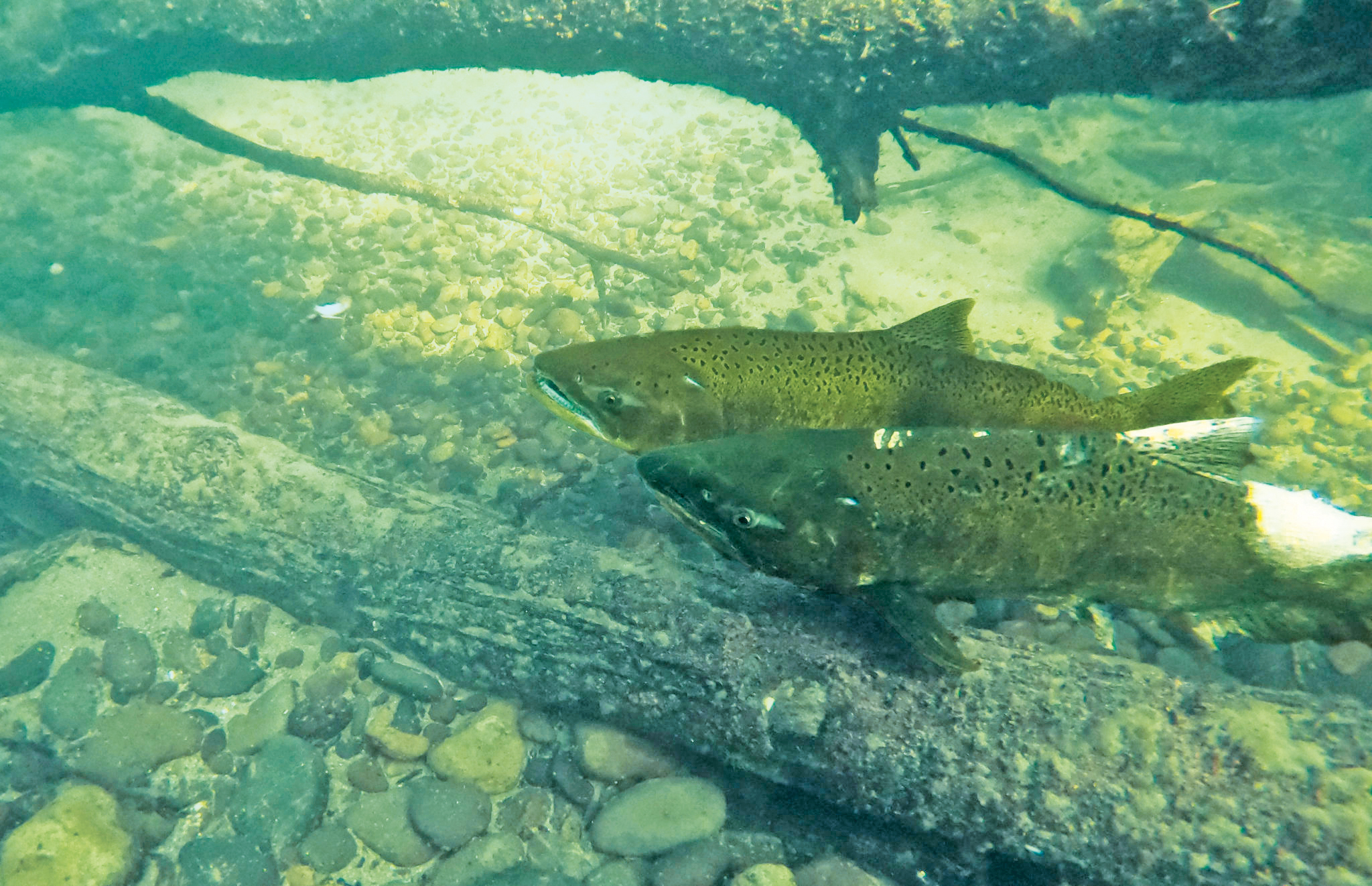
4. First-of-its-kind Salmon Solution
Working alongside experts from the Cal Poly Irrigation Training and Research Center and NOAA fish biologists and engineers, River Partners developed a first-of-its-kind fish gate that will improve access to rearing habitat for juvenile salmonids. The gate is being installed this summer at our Willow Bend Preserve near Colusa on the Sacramento River. The gate creates a temporary floodplain and gives fish access to essential food and shelter. Nothing like our fish gate had ever been permitted previously, and our teams and partners worked closely with state and federal agencies on everything from fabrication and installation to future operation and monitoring.
“No one had ever done this before with these conditions,” says Dr. Dan Howes, Project Manager at the Irrigation Training and Research Center that helped develop the gate. “Working with River Partners has been eye-opening, because they’re very open to coming up with new ideas and seeing what works.”
If we’re successful, this will open the door—or gate—to restoring floodplains for salmon rearing habitat up and down California’s rivers.
5. Recharging Underground Aquifers
We’re partnering with Stanford University professor Rosemary Knight and her research team to maximize the potential of restored floodplains to recharge underground aquifers. Using mobile electromagnetic Earth imaging units that create a map of what lies beneath the surface of the soil, her team can identify the subsurface zone’s variable permeability, or, how well water can penetrate the ground or not. This insight will help us strategically restore river’s floodplains where the water can penetrate deep underground to recharge our depleted groundwater aquifers, which hold the most potential for water storage in California.
6. Setting A New Precedent for Water Conservation
When we transform marginal farmland into thriving riparian forests, one key benefit is saving water. For example, on 1,600 restored acres of our Dos Rios Ranch Preserve in Stanislaus County, we calculated the difference in water use by irrigated crops vs. restored native habitat. Using less water to irrigate native plants, we saved 1,340 acre feet of water each year. To put that number into perspective, a single acre foot is equal to about 326,000 gallons, the amount of water one to two California households use in one year. After several years of irrigating to establish native forests, the drip lines will be pulled, and the property will only require naturally-occurring water from rainfall and river flows.
Our methods are lighting the way for landowners and water-rights holders to voluntarily dedicate their water rights back to California’s rivers and streams for fish and wildlife. The petition we’ve submitted under California’s Water Code section 1707, along with the help of our partners at the Tuolumne River Trust, asks California’s State Water Resource Control Board to set a new water conservation precedent. If successful, this method could be replicated throughout the California to preserve freshwater resources and ensure rivers have ample flow for healthy wildlife and ecosystems.
7. Advancing the Science of Carbon Sequestration
For more than two decades, River Partners has been ahead of the curve in advancing a powerful, natural climate solution. The 18,000+ acres of new riverway forests we’ve restored trap nearly one million tons of carbon each year. These forests not only help California and the nation meet critical emission-reduction goals but also represent smart investment in a thriving future. We joined forces with the California Waterfowl Association and Joseph and Vera Long Foundation on a first-of-its-kind initiative to evolve the science for calculating the carbon-trapping potential of floodplain forests. Our pioneering effort will help both public and private landowners in California get important restoration projects funded through California’s cap-and-trade program.



